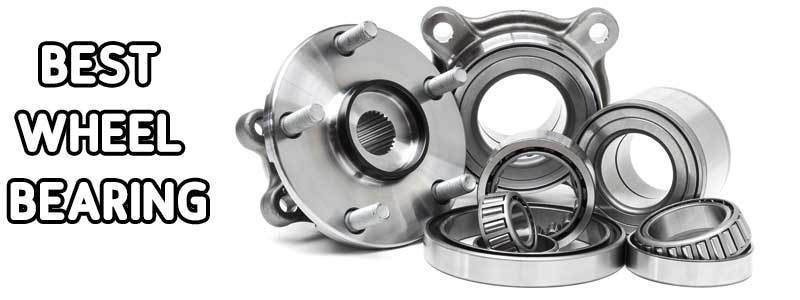Why Do Cars Rust in Winter? How Do I Stop Car Rusting?
Witnessing the first snowfall is always a great experience. It reminds you that Christmas and the days of snowball fights are coming. However, that thrill is different for car owners because of the rusting! It’s rather a nightmare, especially for the people in northern areas where heavy snowfall is a common thing.
Everyone knows that cars are more exposed to rust in winter than in other seasons but they may not be well aware of the actual reasons behind it. Winter offers the most suitable condition for rusting but that’s not the major reason. It’s actually the effect of the road salt that causes excessive rusting!
Undoubtedly the issue is serious but the relief is that there are certain measures that can help you prevent rusting. In this article, I will explain the reasons behind rusting and how you can solve it by following the extra maintenance tips.
So, let’s start!
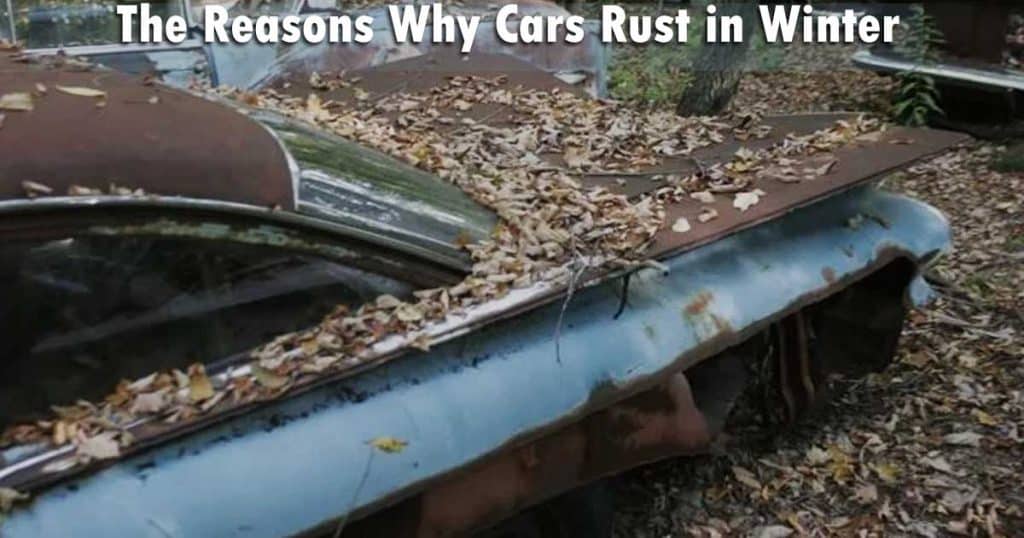
The Reasons Why Cars Rust in Winter
We all are pretty much familiar with how rusting works, thanks to our high school chemistry lessons! When an iron body is exposed to moisture, the reaction between iron and oxygen forms rust (iron oxide).
Basically, anything made of iron becomes vulnerable due to rusting if it’s kept outdoors for a long time.
But the thing most people don’t know is that rusting doesn’t occur that much because of the freezing weather. The paint job of the car is there to prevent the moisture from getting in contact with the iron surface. The actual problem here is the salt!
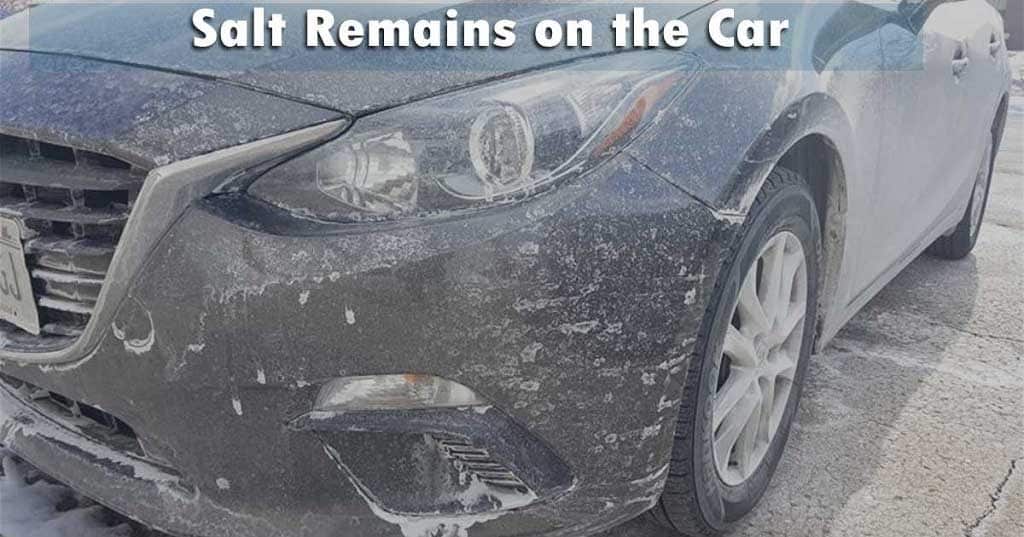
Salt is a well-known and effective solution for melting ice. When salt comes in contact with the ice, it lowers the freezing point of water. This particular phenomenon is known as the freezing point depression. This is the reason why municipalities in northern areas use salt to clear the ice on the road.
This surely gets rid of the roadway icing issue but problem is that salt makes any metal vulnerable to rusting. Road salt produces free-floating ions while doing its job. Besides that, the free hydrogen and many other impurities mixed with the melted ice create an acidic slush.
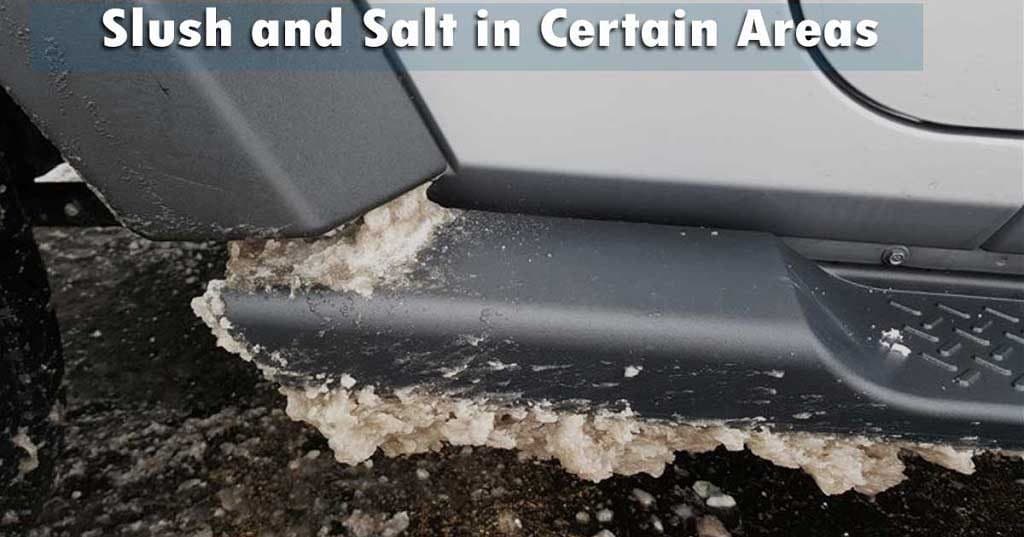
While driving on the road, your tire spatters that slush on the surface of your car. Eventually, a lot of salt accumulates there and accelerates the process of rusting.
Which Parts of the Car Are More Exposed to Rust?
As the rusting process begins with salt-mixed slush spattering on the surface, it’s obvious that the areas near the tires are usually more exposed to rusting than the other parts. Also, if there is any part in the car with exposed metal, that would be the first place to have signs of rusting.
Salt is not bad for cars just because of its chemical reaction capacities, it’s also a corrosive element that can gradually damage any surface. Constant corrosion damages the protective layer of the car’s surface and exposes the metal. Then the chemical reaction does the rest of the damage.
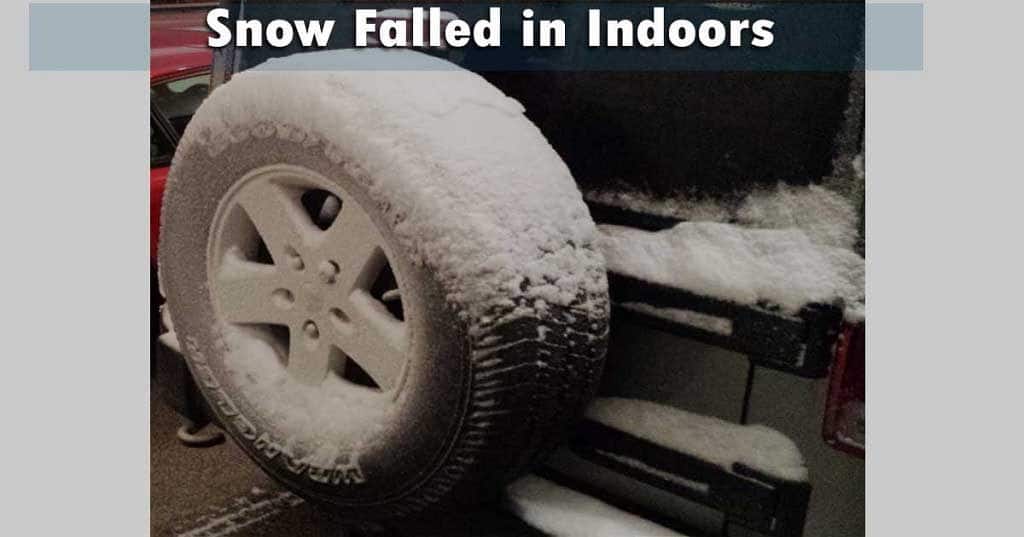
The hydraulic brake system and fuel lines are most exposed to rust damage. These undercarriage parts are on the bottom surface of the car and remain closest to the tires and the car. The muffler system and the exhaust are in a quite vulnerable position too. As a matter of fact, the tires are also vulnerable to rusting if they have any exposed metal parts such as nuts, bolts, and rims.
The exterior parts of the car become the next victim. Salt-mixed slush often gets spattered on the surface of the grille, front bumper, rear bumper, and cowl panel. Sometimes the slush gets stuck in between the gaps and begins the rusting process as soon as it melts. And in case you’re wondering whether salt can damage the clear coat, the answer is yes!
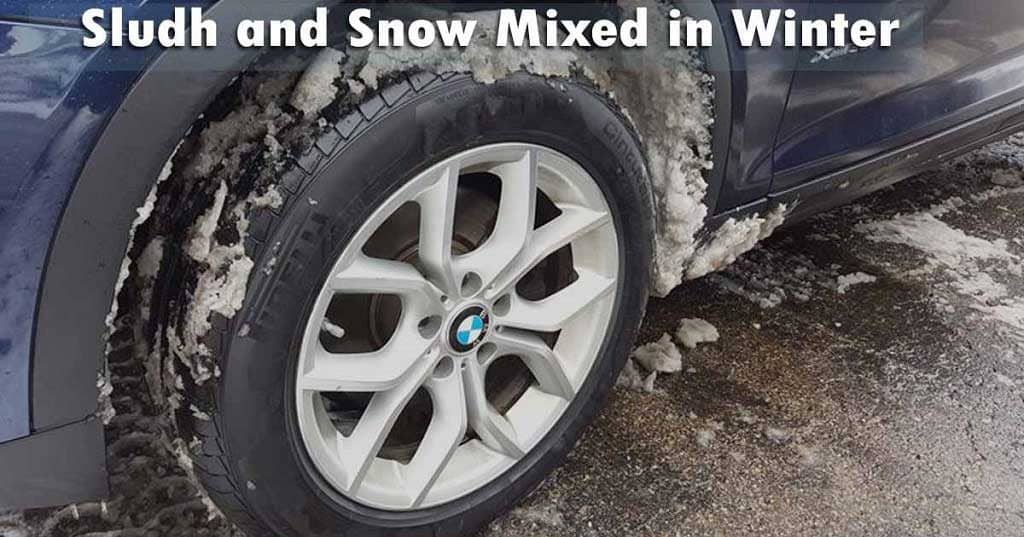
You can’t rule out the possibility of the car’s interior getting damaged because of rust either. The mixture can get inside the interior surface by getting stuck in your shoes.
Here Are A Few Ways to Prevent Rust on Your Car
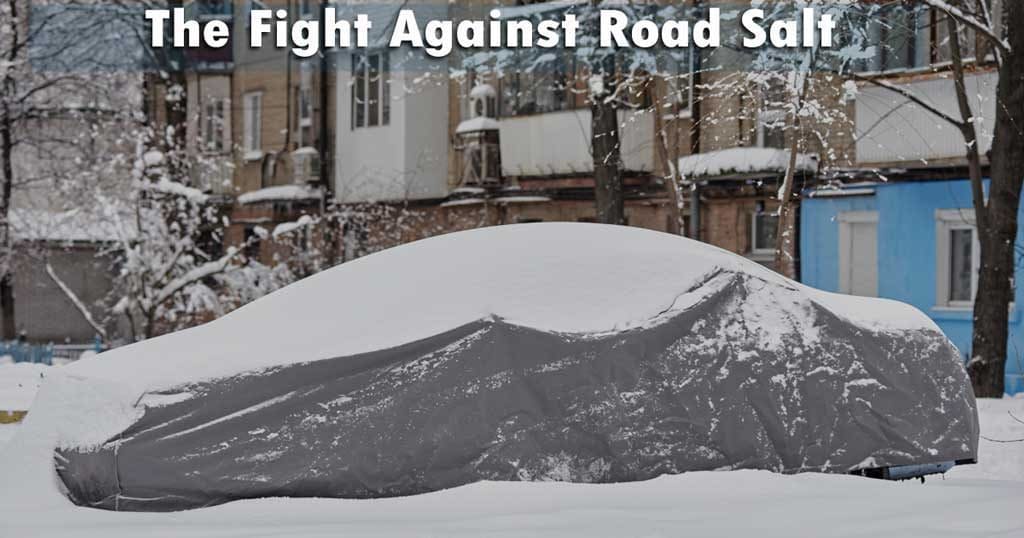
Rust can significantly decrease the lifetime of your car and certain parts. That’s why it’s important to eliminate each and every possibility of rust by taking certain measures. In order to keep your car rust-free in winter, you just need to be a little more high-maintenance. Here are the things you can do –
Wash Your Car 2/3 Times a Month
The main catalyst that accelerates the rusting process is road salt. So, the buildup of that salt is the main culprit here and we have to make sure that doesn’t happen. That’s why you need to wash your car at least 2 times during the winter. I personally do 3 washes in a month and that’s doing great for me.
Automatic car washes won’t be a good idea in this regard. First of all, it won’t be cost-effective and secondly, it will damage the car’s surface. If you have a garage of your own, then get a manual washing set of your own to get the job done.
Apply Rust Protection on The Undercarriage
The undercarriage of the car remains more exposed to rust and corrosion than any other parts. Many parts besides the chassis are made of metals that can react and cause rust. That’s why it’s important to ensure a sustainable solution to this problem.
There are many rust protection substances available in the market right now. After applying them on the surface, they will keep it safe from rust and corrosion for about one year. Since it’s at the bottom surface of the car, I’ll suggest you get it done from an automobile shop.
An Extra Layer of Wax Can Do the Charm
Wax helps to keep the clear coat and paint of your car undamaged. It saves the exposed surface from rust by ensuring that there is no buildup of the salt-mixed slush. An extra layer of wax can also prevent fading, oxidation, discoloration, and light scratches.
Limit Driving During and After Snow Storms
Now you can get the weather forecast report and know beforehand when a snowstorm might happen. Try to avoid driving the car during the storm because snow storms can get really messy. The best option is to keep the car inside the garage before the storm starts.
You should also avoid driving the car immediately after a snowstorm. Wait for a few days until the ice melts and the roads get free of ice and slush. The municipality usually melts the ice first and then cleans it.
Keep the Drains of the Car Clean
We often fail to notice the drains of the doors, windows, and fenders of the car but these parts need to most attention. These are the gaps where the salt and snow accumulate easily and stay for a long time. Always make sure to look for any buildup in the drains when you’re cleaning the car.
Use Mats to Protect the Interior
As I said earlier, damaging factors can get inside your car too if your shoes and clothes are covered with ice. The best way to solve this issue is to use an all-weather car floor mat. With these mats, interior cleaning becomes a lot easier. You just take the mats out and all the dirt and buildup come out with it.
It’s also quite easy to wash and clean.
Once you buy one of these, you won’t need to worry about buying another one in one or two years. So yeah, its lifespan is quite satisfactory against the price range.
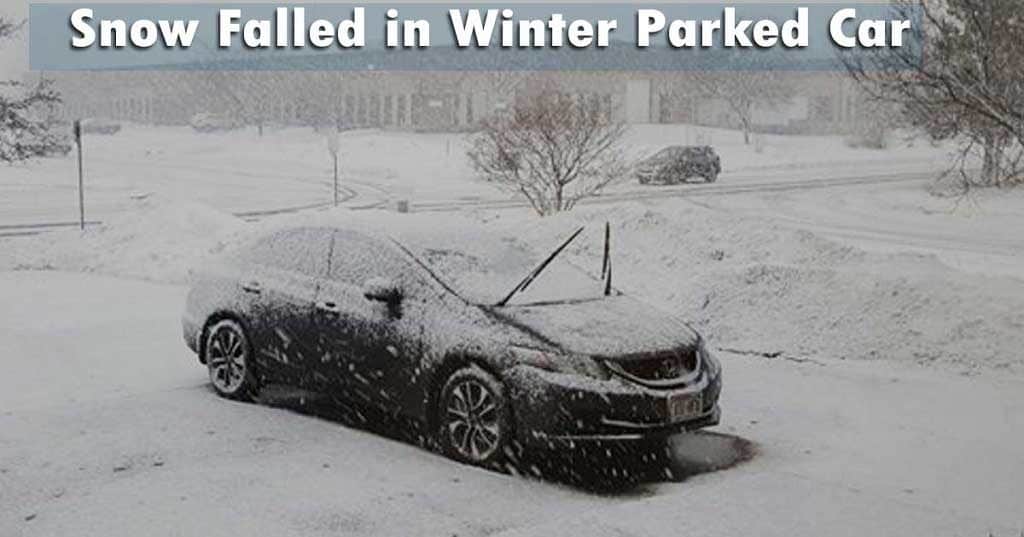
FAQ Related to Car Rust in Winter
There are less dirt and mud on the car in winter. So, people usually find it useless to wash a car at that time. But the fact is, washing the car in winter is quite important to prevent rust. It gets rid of salt-mixed buildups on the surface of the car. And not just that, washing your car thoroughly helps you to get rid of residual salt and snow in the gaps.
Washing the car in winter offers some great results in terms of preventing rust. The purpose of the wash is to eliminate the possibility of any buildup that can lead to rust. I usually suggest washing the car at least twice every month. This extra bit of work will help to increase the lifespan of your car significantly.
The main reason behind rust is an iron surface that is exposed to moisture. So, anything that prevents any kind of moisture to come in contact with the iron surface will work just fine. There are many things in the market right now that you can use for this purpose.
First of all, there is a clear coat and paint. Then there is the wax that lasts for 2 to 3 months. Then you can coat the exposed areas with D-40. There are other solutions if you want to cut the cost a little. You can coat used oil on the surface of your car’s undercarriage.
My Take on This Matter
Always remember that moist salt water usually causes ten times more damage than normal air and salt-mixed water can cause five times more damage than normal water. So, it’s quite evident that the winter season and the presence of salt all over the road is quite a challenging thing for car owners.
The best part is that the damage here isn’t inevitable and you can keep the car safe from rust by doing some extra work. Maintaining a car in winter is definitely a very high-maintenance thing but I think it’s completely worth it. Following those measures will significantly increase the lifespan of your car by protecting it from rust.
I’ve written this article based on my own experience and thorough research. Each of this information is supposed to help you deal with the situation better. Hopefully, you found this article helpful.
Some Resources:
https://www.cars.com/articles/how-to-protect-your-car-from-rust-in-winter-1420694193157/
https://www.carcovers.com/resources/roadsalt


